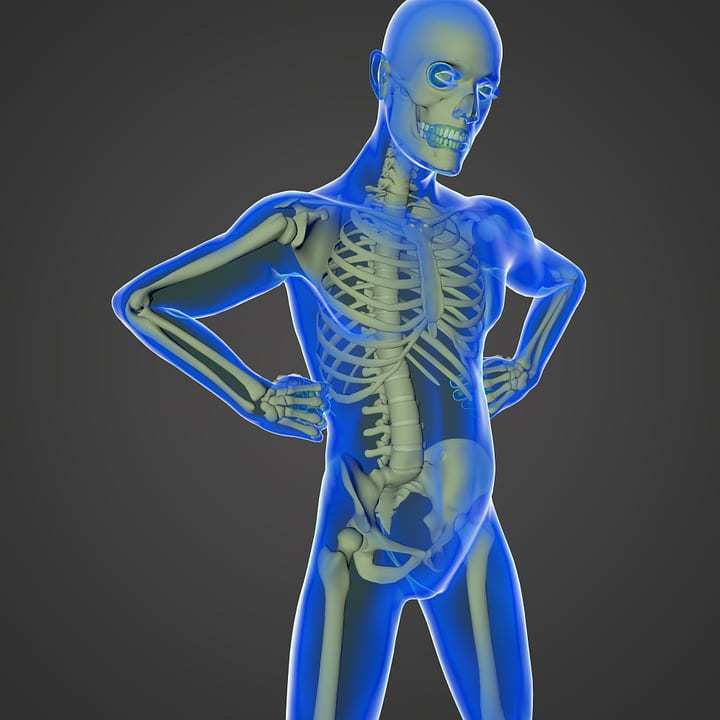An American university will be using a revolutionary new technology to avoid using cadavers.
Case Western University is in the midst of developing a program using Microsoft HoloLens to teach anatomy to med students. This device uses virtual reality technology. The school will use it to provide a 3D representation of a human body.
The virtual reality device wearers will be able to examine layers of tissue such as skin and muscle.
The Microsoft HoloLens will also make it possible to look at the skeleton and organs behind the skin and muscles. This will provide an important and educational transitional step between learning anatomy in a very realistic way and actually working on a cadaver.
Traditionally, the first practical step to anatomy is an embalming fluid scented dissection lab. There, they are handed a scalpel and make the requested incisions. This is a very important and frequently difficult step. Doctors are grateful to the individuals who donate their bodies in the name of their education.
That said, the use of the Microsoft HoloLens could help to reduce the need for cadavers.
 There are rarely enough cadavers so that each student will be able to gain a complete experience. Moreover, it is typically a cramped experience that can lead to allergic responses and other problems due to the chemicals in the air. On top of this, dissection labs are very expensive and challenging for medical schools to maintain.
There are rarely enough cadavers so that each student will be able to gain a complete experience. Moreover, it is typically a cramped experience that can lead to allergic responses and other problems due to the chemicals in the air. On top of this, dissection labs are very expensive and challenging for medical schools to maintain.
The virtual reality headset could decrease the need for cadavers. That said, Case Western is hoping to use the technology as a part of its new health education campus in a partnership with the Cleveland Clinic. It will be opening its doors in 2019 and its students will not use cadavers for learning anatomy. These med students will have a completely virtual reality experience.
In this way, anatomy lessons will be entirely digital. Radiology Department professor Mark Griswold at Case Western acknowledged that the development of this program is challenging. “We’ve had many hundreds of years of teaching anatomy the same way, but we also thought the time was right to think about doing it in a new way… it’s very difficult to maintain a cadaver lab, the cost and infrastructure required to maintain that is very difficult.” He pointed out that it can be difficult to obtain enough donated bodies but that there are many challenges involving environmental concerns, as well.
The Microsoft HoloLens will provide a three dimensional component that overcomes the drawbacks of attempting a touchscreen based anatomy lab.
